Throughout history, some buildings and monuments have been built that continue to amaze us. These architectural marvels regularly predate modern society dating as far back as 2584 BC. This is especially true when you look at the Seven Wonders of the World and imagine how these mighty temples and pyramids were built.
While some might argue it’s time to modernize this list, the reality is that we should continue to look at the original seven wonders with reverence. There is no doubt these buildings are a significant part of humanity’s existence. With that in mind, let’s take a deeper look at the Seven Wonders of the World.
Great Pyramid of Giza
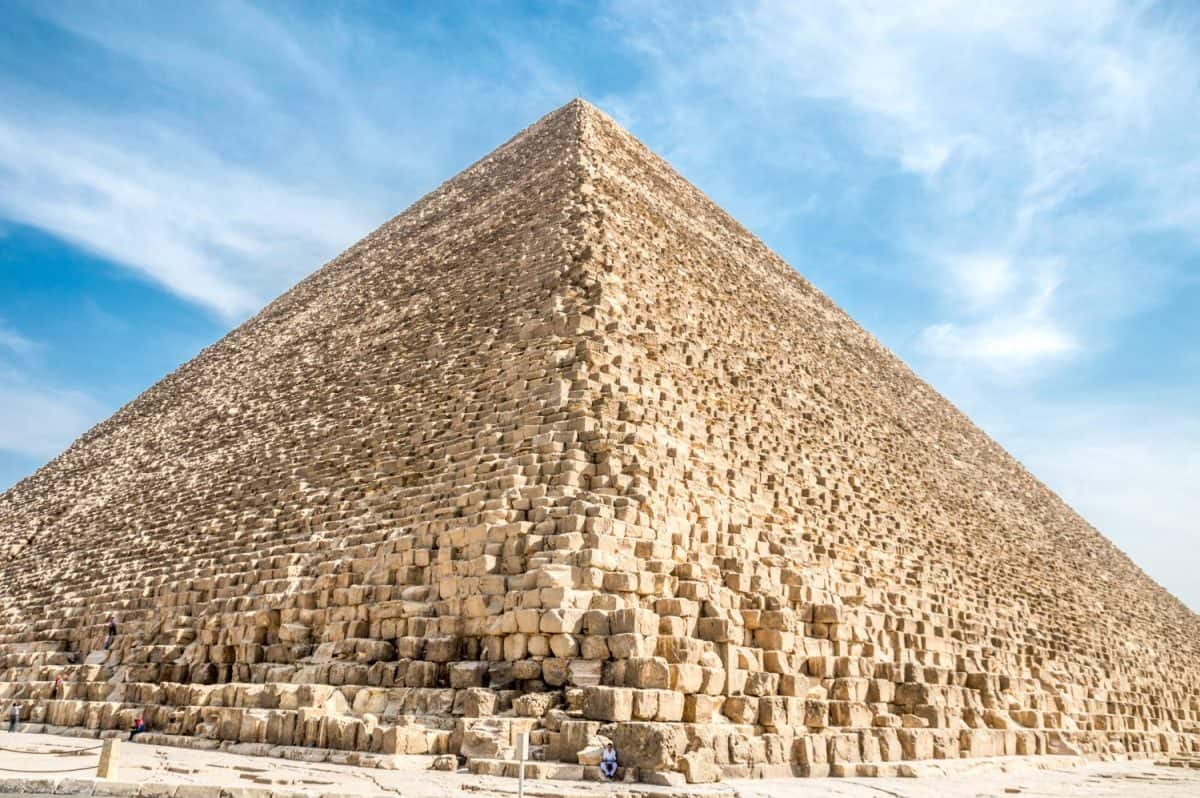
©Eugene Li/Shutterstock.com
Long considered one of the most amazing locations on Earth, the Great Pyramid of Giza has been around since 2600 BC. This means it was constructed more than 4600 years ago in Egypt. The only one of the Seven Wonders still largely intact, the Great Pyramid is the resting place of Egyptian Pharaoh Khufu.
Tallest Man-Made Structure
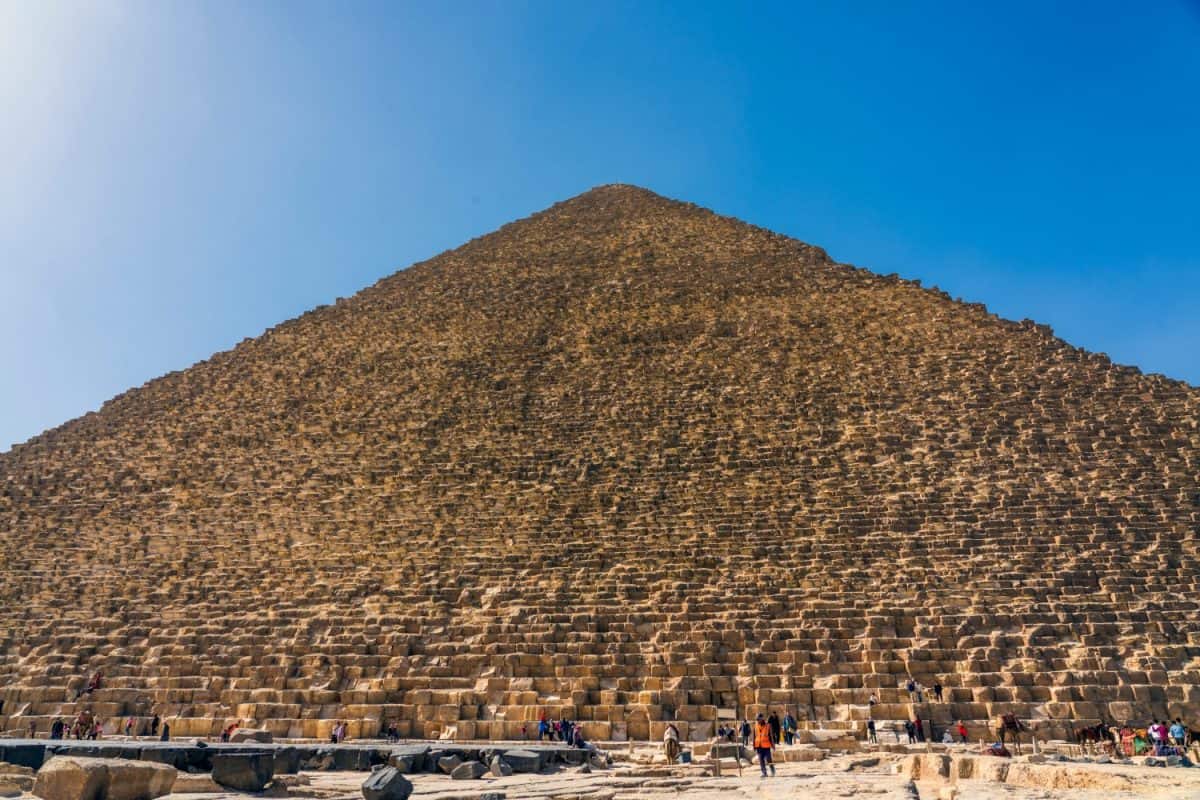
©YanivBerman/Shutterstock.com
In total, it’s believed an estimated 2.3 million blocks held together with mortar weighing 6 million tons make up the overall construction. As a part of history, the 481-foot tall pyramid was considered the tallest man-made structure for over 3,800 years.
Hanging Gardens of Babylon
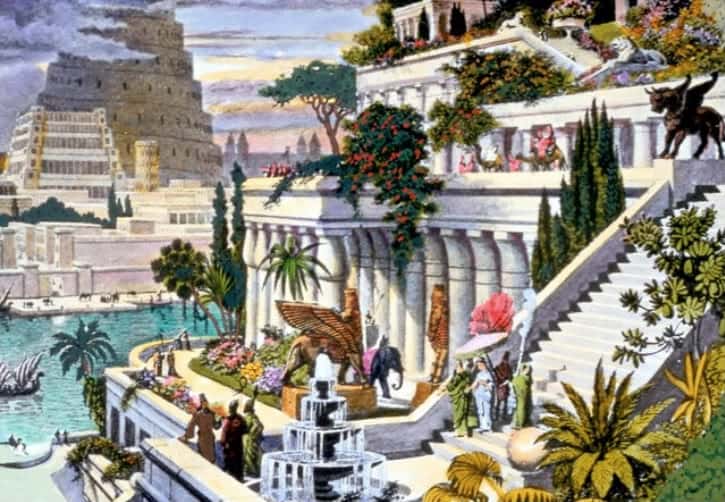
©www.plinia.net, Author Unknown/Public Domain – Original / License
Estimated to be as old as 600 BC, the Hanging Gardens of Babylon were built by either the Babylonians or Assyrians. Thought to be one of the world’s most remarkable engineering feats at the time, it’s believed the gardens were built alongside a grand palace. This alleged palace was created for Neo-Babylonian King Nebuchadnezzar II and his wife.
No Known Location
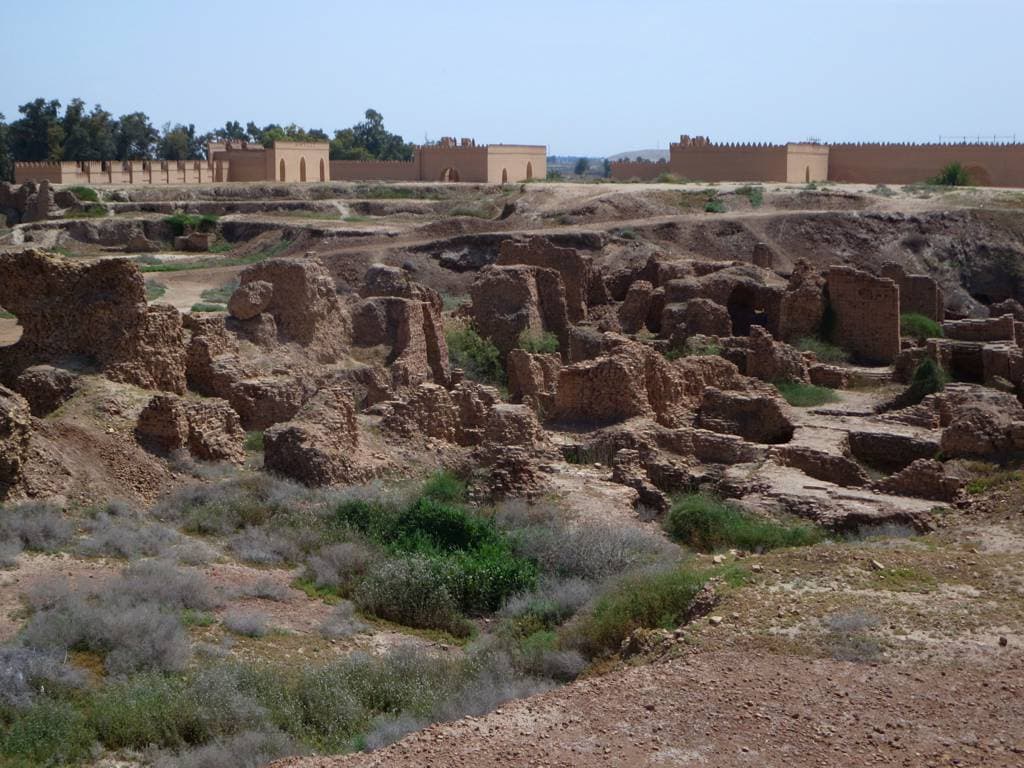
©David Stanley / Creative Commons Attribution 2.0 Generic license – Original / License
Unfortunately, due to its destruction, no definitive location has been identified. Whether it was a rooftop garden or something else will likely never be known. As of 2024, the Hanging Gardens of Babylon remains the only one of the seven wonders for which a definitive location has not been identified.
Statue of Zeus at Olympia
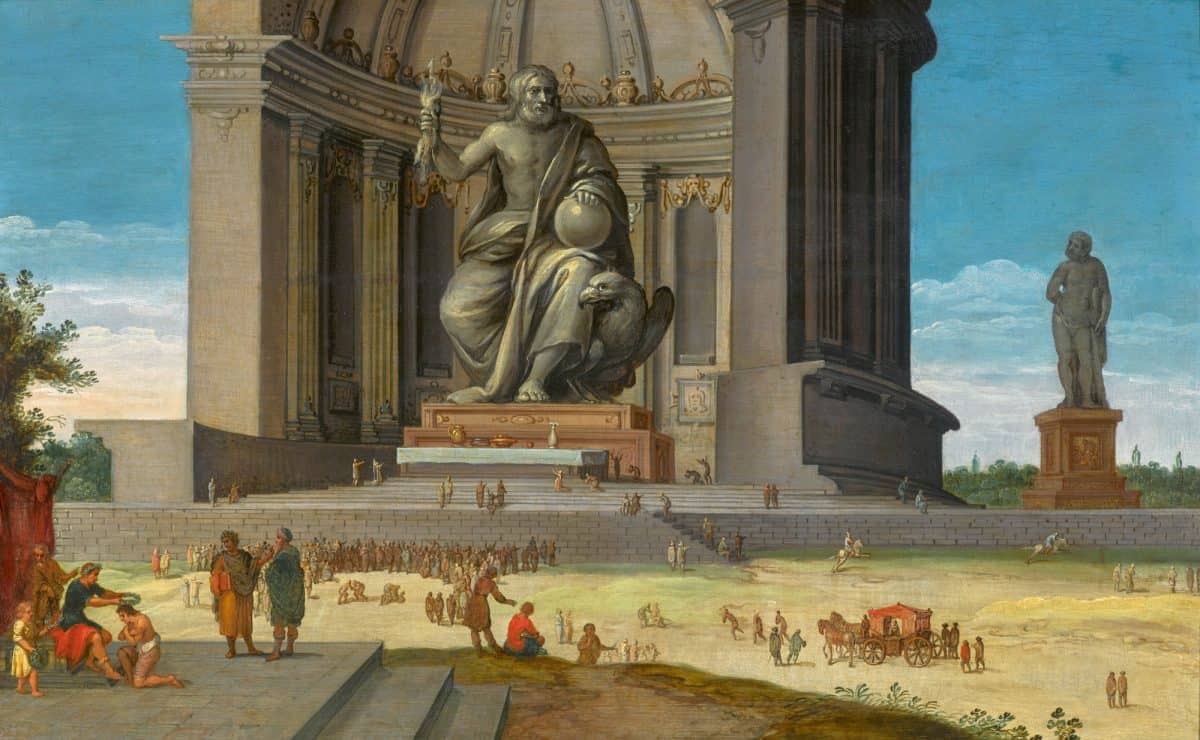
©Jacob van der Ulft / Public Domain – Original / License
Built around 466 and 456 BC, the Statue of Zeus at Olympia depicts a giant figure about 41 feet tall. Created by Greek sculptor Phidias, the statue consisted of ivory plates and golden panels against an inner wooden frame.
Giant Statute of Zeus
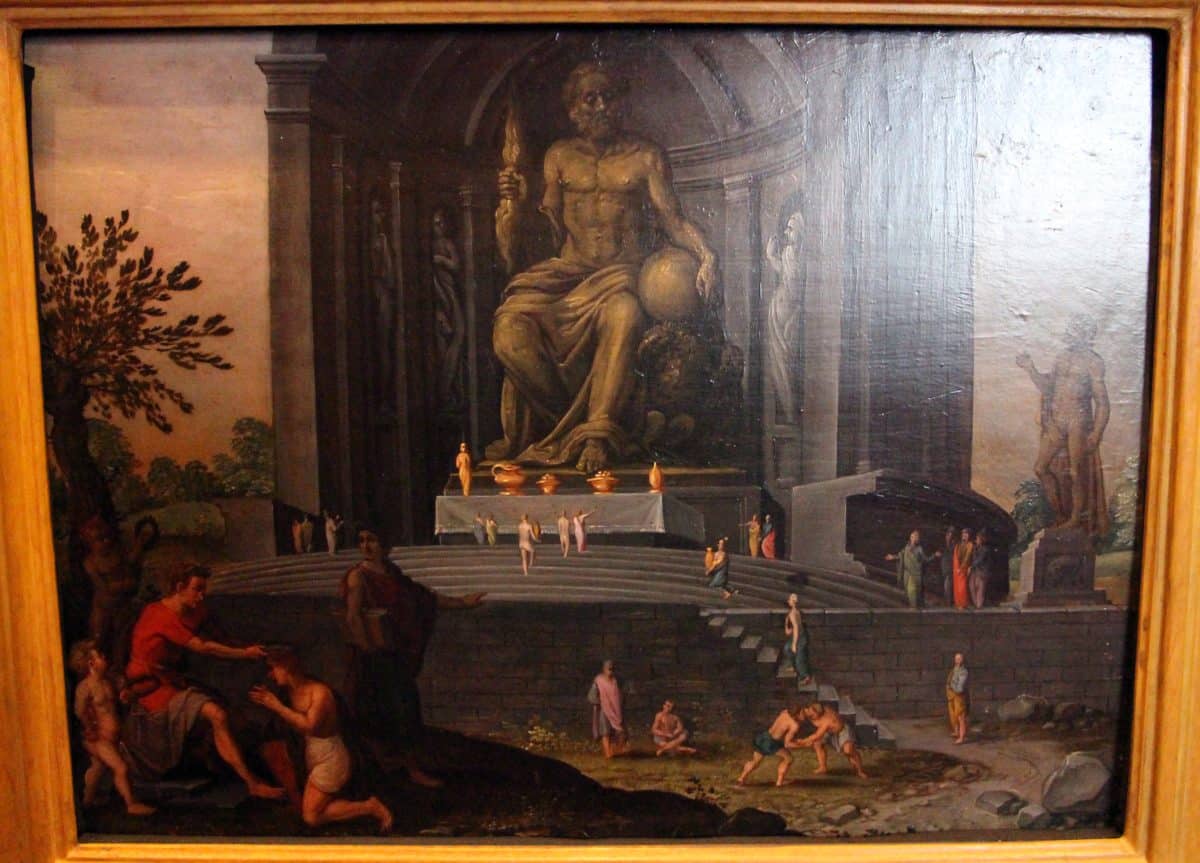
©Francesco Bini / Creative Commons Attribution-Share Alike 4.0 International license – Original / License
The statue is believed to have been lost around the 6th century AD. However, details about its destruction remain little more than rumor even to this day. Most of the details about the statue are based on ancient Greek descriptions and old Greek coins.
Temple of Artemis at Ephesus
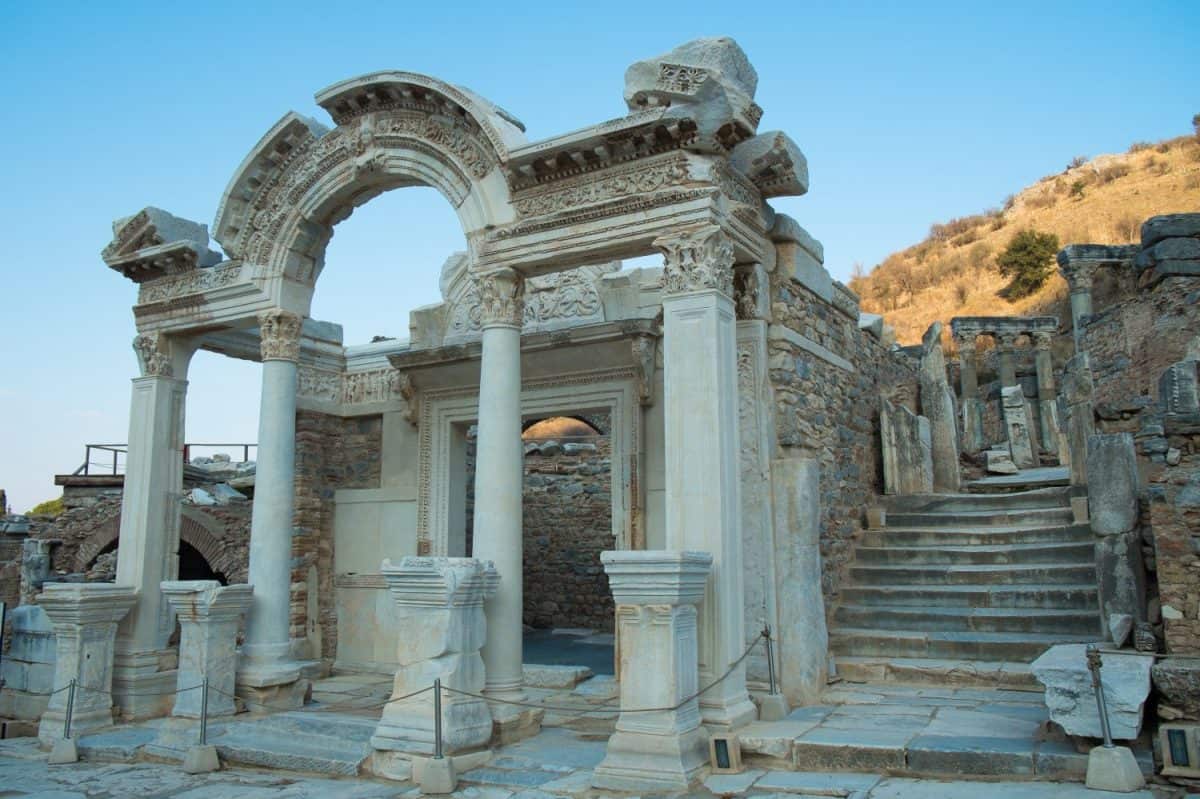
©TaraPatta/Shutterstock.com
The Temple of Artemis was also known as the Temple of Diana and was believed to have been built near the city of Ephesus. Today, this would be about 47 miles from the port city of Izmir, Turkey. Believed to have been built around 550 BC, the temple was destroyed once, rebuilt, and destroyed again. According to Greek history, the temple would be 350 by 180 feet in size.
Paying Homage to the Gods
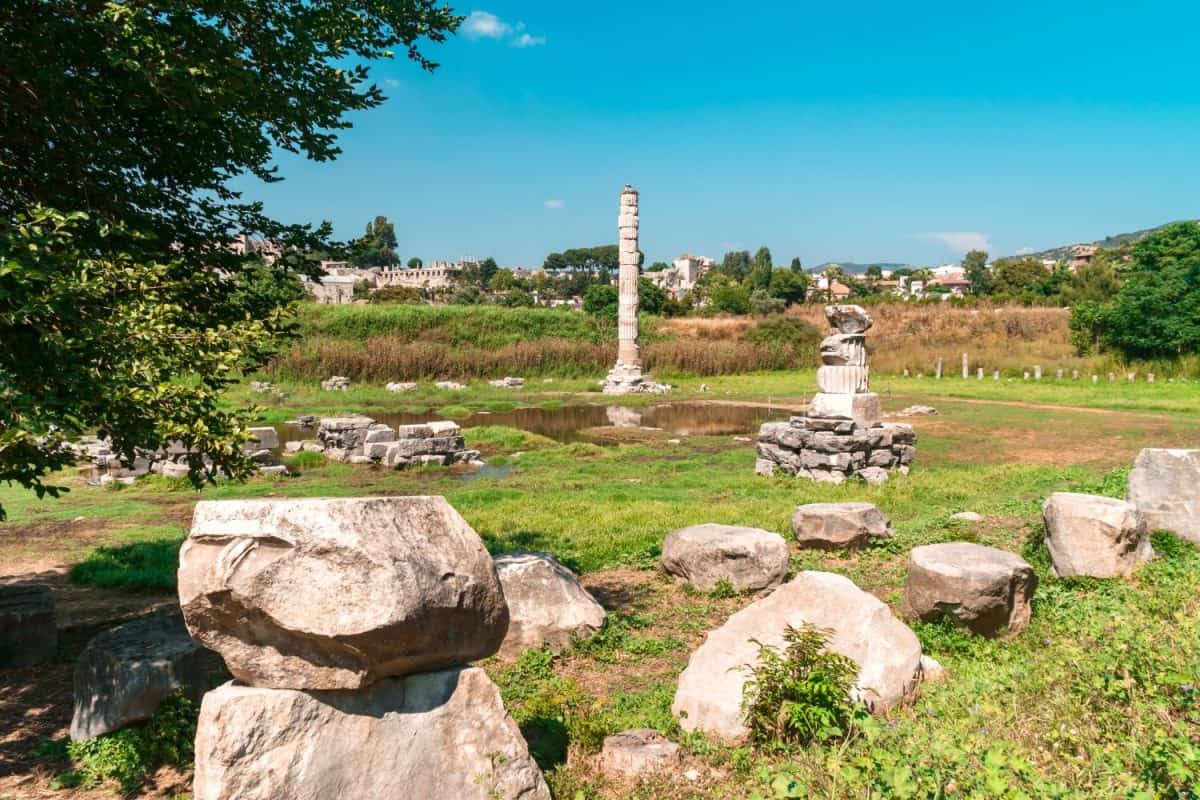
©NiglayNik/Shutterstock.com
The Temple was famous for its incredible works of art and size. One potential historical fact related to the temple is that it’s the first known location to find inscribed coins. There is little disagreement among historians kings, sightseers, and merchants used the temple to pay homage to Artemis.
Mausoleum at Halicarnassus
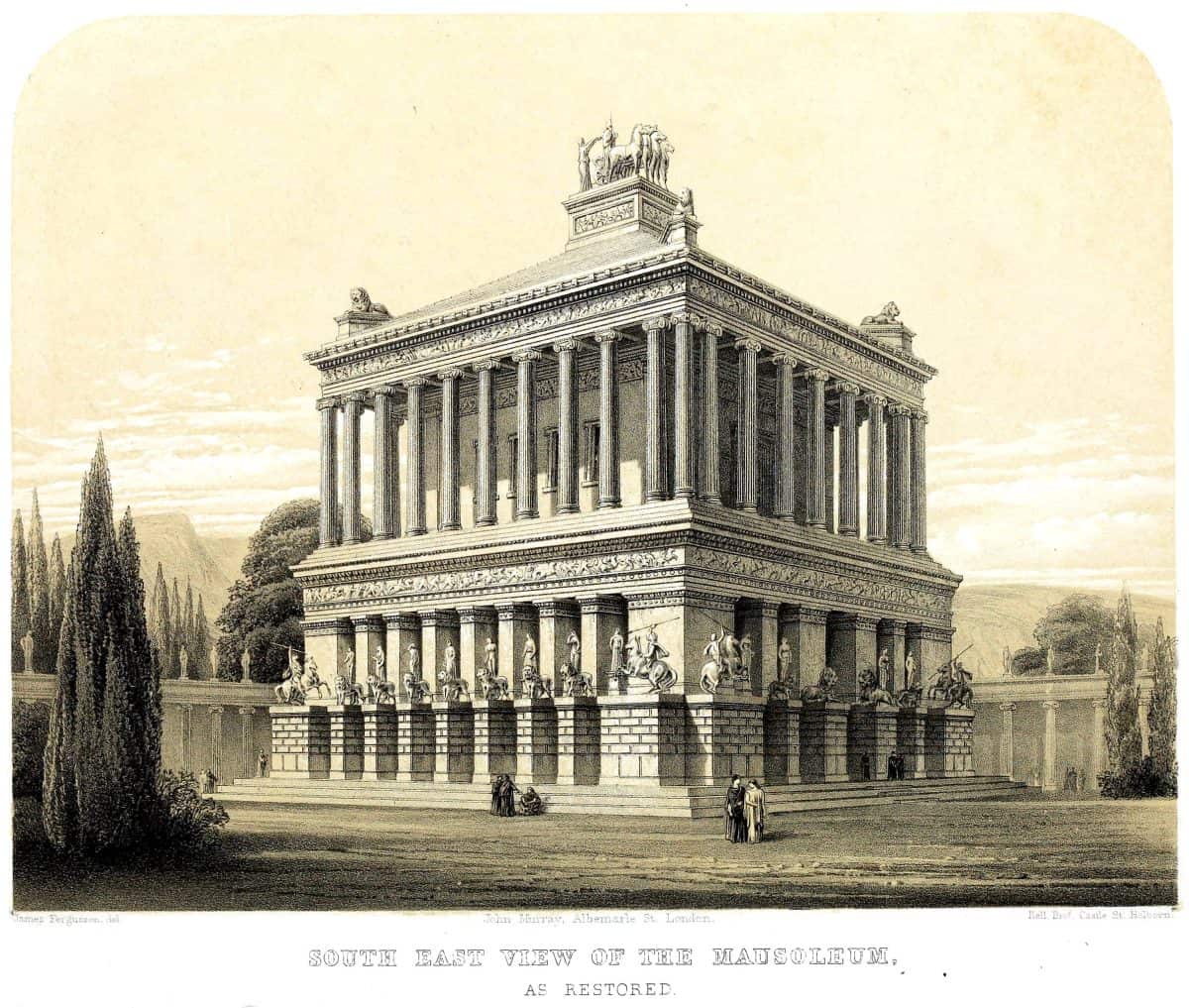
©James Fergusson / Public Domain – Original / License
The Mausoleum at Halicarnassus is believed to have been built by the Greeks around 351 BC. At 148 feet in height, it’s said that four different Greek sculptors contributed to designs. In total, more than 400 freestanding sculptures were inside the Mausoleum. The entirety of the structure was set up in an enclosed courtyard. At the center of the courtyard was the tomb itself.
Wonderful Selection of Sculptures
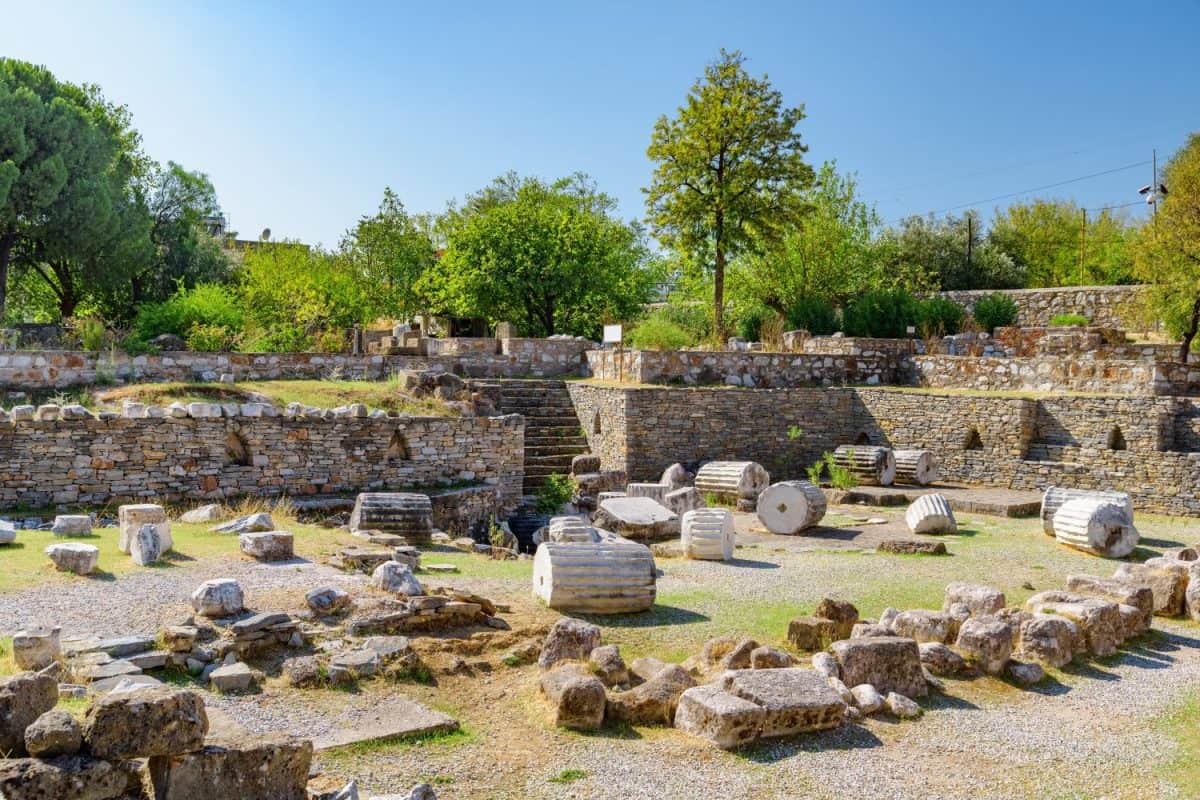
©Efired/Shutterstock.com
Unfortunately, a series of earthquakes would destroy the Mausoleum between the 12th and 15th centuries, making it the last of the six destroyed wonders. Interestingly enough, the Mausoleum was designated as one of the seven wonders because of its design and large selection of ornaments.
Colossus of Rhodes

©Aliv123 / Creative Commons Attribution-Share Alike 4.0 International license – Original / License
Created between 292 and 280 BC by the Greeks, the Colossus of Rhodes stands as one of the world’s seven wonders. The Colossus sculpture stood around 108 feet high and celebrated the successful defense of Rhodes City against Macedonian ruler Demetrius I. As of 2008, a proposal has been put forth to rebuild the statue.
Advanced Building Skills
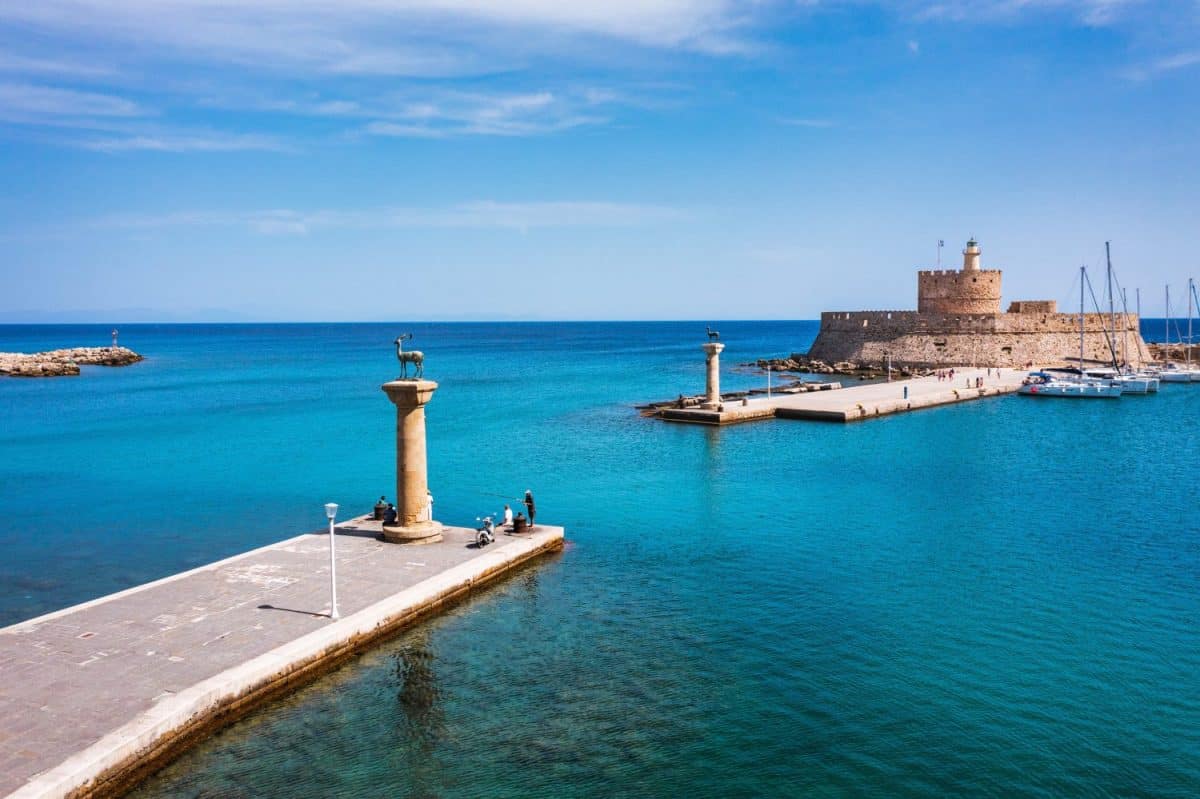
©DaLiu/Shutterstock.com
According to ancient accounts, the statue was constructed with iron tie bars, brass plates, and stone blocks. Unfortunately, the Colossus of Rhodes statue was destroyed either by an earthquake in 226 BC or 653 BC by an Arab conquering force. Even though it was destroyed, modern engineers have still highlighted the advanced techniques used for its construction.
Lighthouse of Alexandria

©Hermann Thiersch / Public Domain – Original / License
Built around 280 BC, the Lighthouse of Alexandria is often referred to as the Pharos of Alexandria. Ancient accounts estimate its size at around 330 feet in height, which would make the Lighthouse of Alexandria one of the tallest buildings in ancient history. After Alexander the Great’s death, his successor, Ptolemy the First initiated construction using sandstone and limestone blocks.
Long Surviving Seventh Wonder

©SciVi 3D studio / Creative Commons Attribution-Share Alike 4.0 International license – Original / License
The Lighthouse stood for a long time before three earthquakes between 956 and 1323 AD finished it off. However, the Lighthouse will be forever remembered as the third longest surviving of the seven wonders. In 1994, French archeologists discovered some remains of the lighthouse with the Egyptian government looking to turn it into an underwater museum.